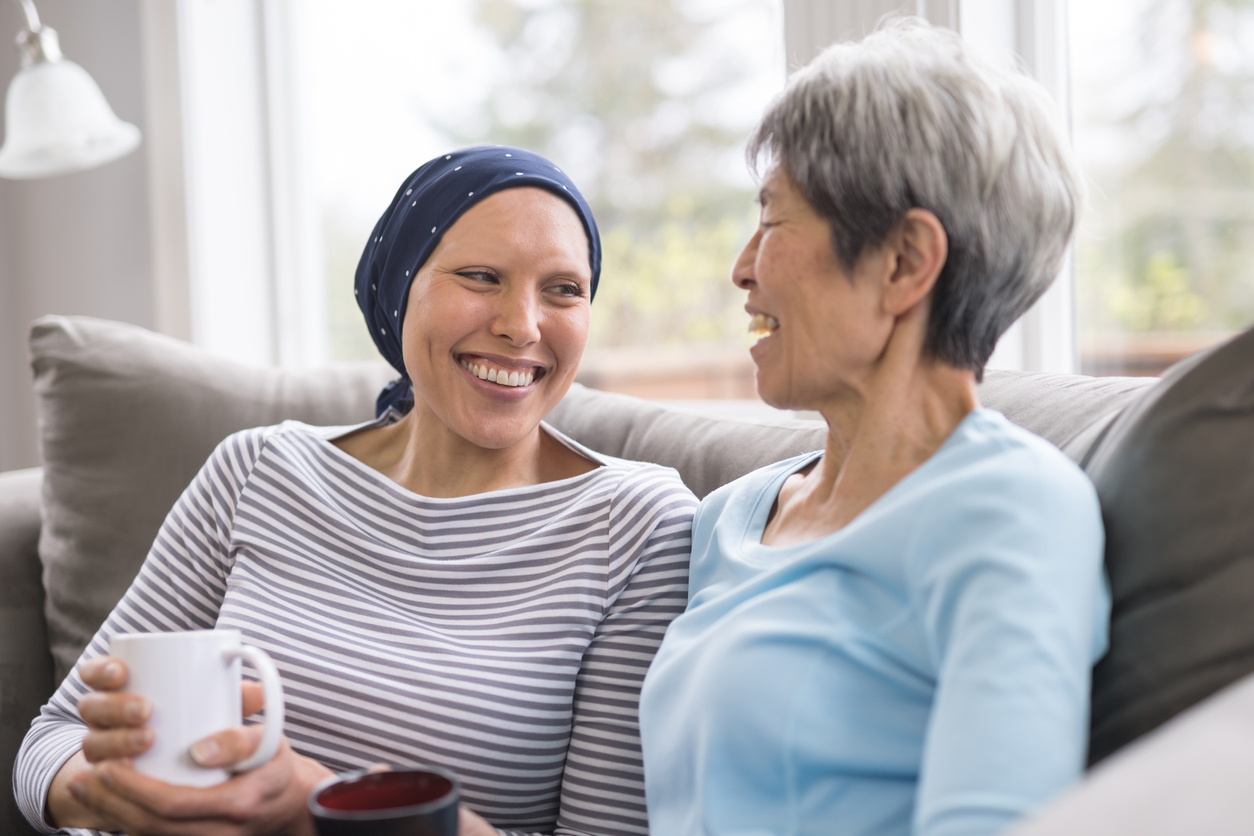Cancer refers to any one of a large number of diseases characterized by the development of abnormal cells that divide uncontrollably and have the ability to infiltrate and destroy normal body tissue. Cancer often has the ability to spread throughout your body. Cancer is the second-leading cause of death in the world. But survival rates are improving for many types of cancer, thanks to improvements in cancer screening and cancer treatment.
· Symptoms
Signs and symptoms caused by cancer will vary depending on what part of the body is affected. Some general signs and symptoms associated with, but not specific to, cancer, include:
1. Fatigue
2. Lump or area of thickening that can be felt under the skin
3. Weight changes, including unintended loss or gain
4. Skin changes, such as yellowing, darkening or redness of the skin, sores that won’t heal, or changes to existing moles
5. Changes in bowel or bladder habits
6. Persistent cough or trouble breathing
7. Difficulty swallowing
8. Persistent indigestion or discomfort after eating
9. Persistent, unexplained muscle or joint pain
10. Persistent, unexplained fevers or night sweats
11. Unexplained bleeding or bruising
· When to see a doctor
Make an appointment with your doctor if you have any persistent signs or symptoms that concern you. If you don’t have any signs or symptoms, but are worried about your risk of cancer, discuss your concerns with your doctor. Ask about which cancer screening tests and procedures are appropriate for you.
· Causes
Cancer is caused by changes (mutations) to the DNA within cells. The DNA inside a cell is packaged into a large number of individual genes, each of which contains a set of instructions telling the cell what functions to perform, as well as how to grow and divide. Errors in the instructions can cause the cell to stop its normal function and may allow a cell to become cancerous.
A gene mutation can instruct a healthy cell to:
1. Allow rapid growth. A gene mutation can tell a cell to grow and divide more rapidly. This creates many new cells that all have that same mutation.
2. Fail to stop uncontrolled cell growth. Normal cells know when to stop growing so that you have just the right number of each type of cell. Cancer cells lose the controls (tumor suppressor genes) that tell them when to stop growing. A mutation in a tumor suppressor gene allows cancer cells to continue growing and accumulating.
3. Make mistakes when repairing DNA errors. DNA repair genes look for errors in a cell’s DNA and make corrections. A mutation in a DNA repair gene may mean that other errors aren’t corrected, leading cells to become cancerous.

Comment here